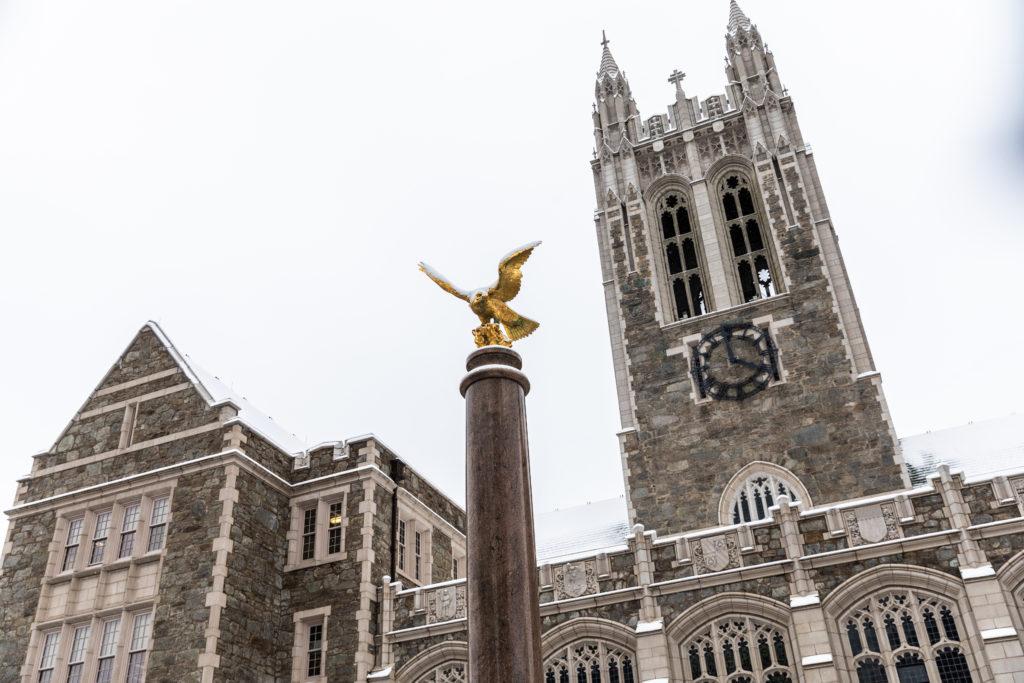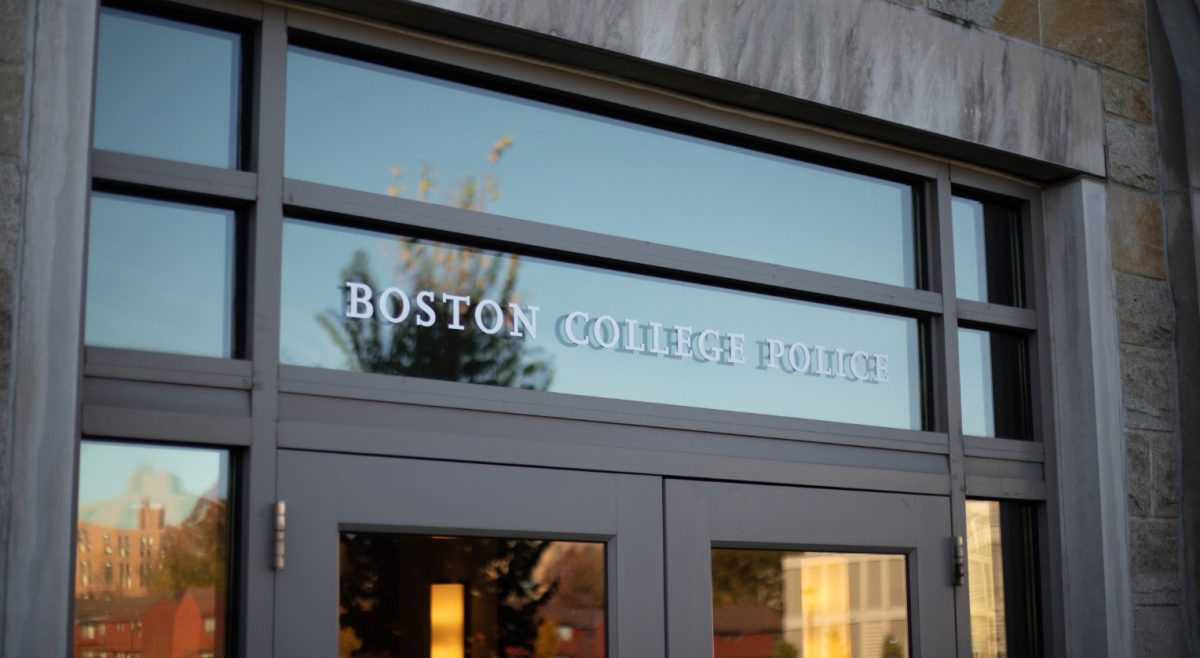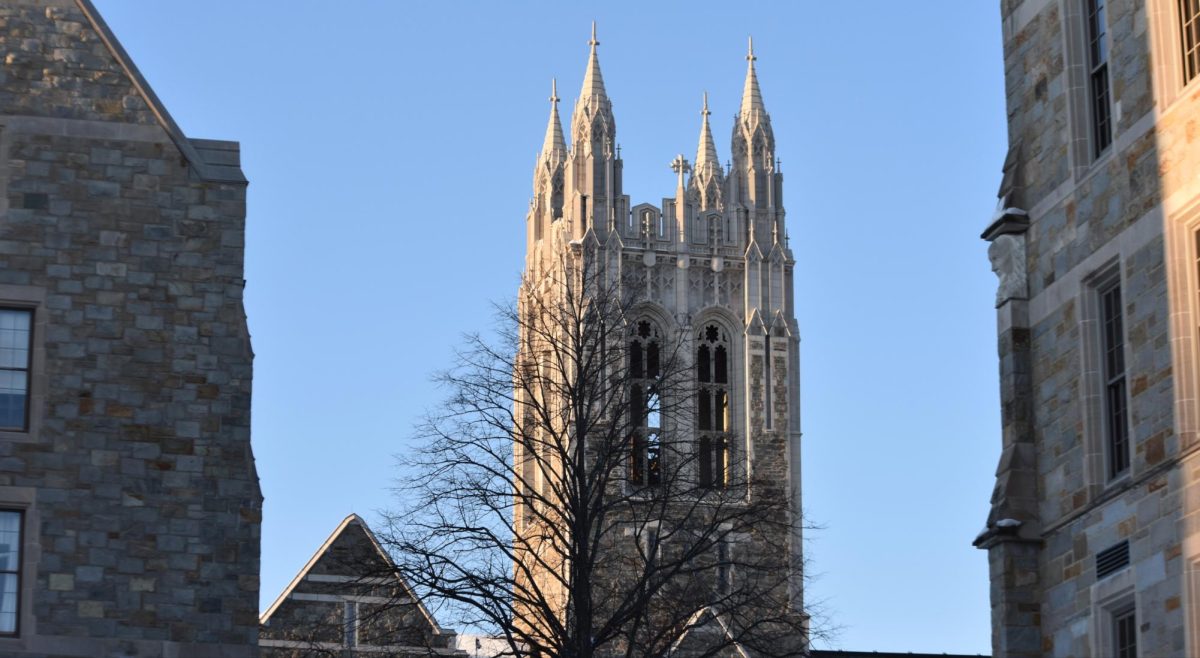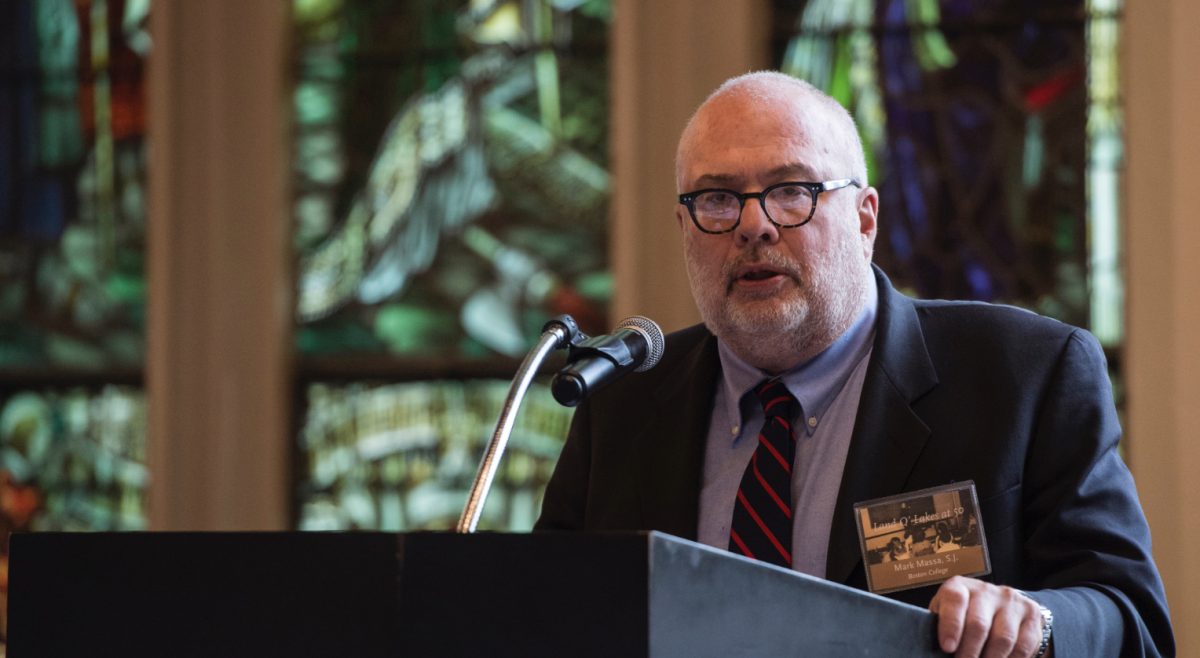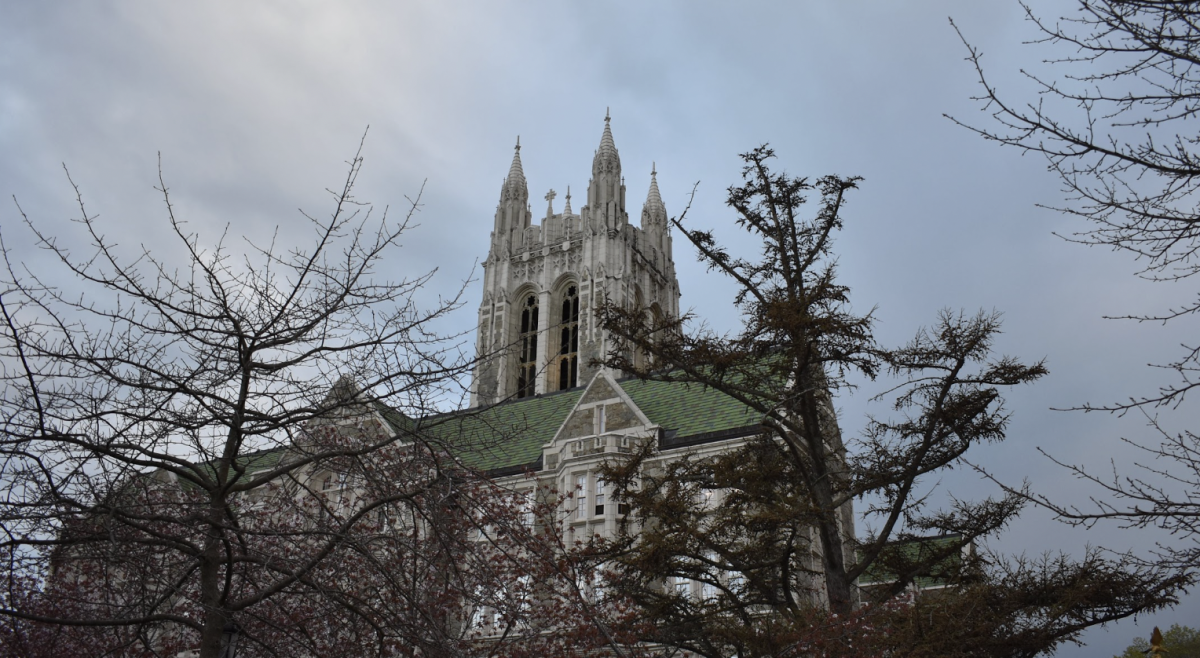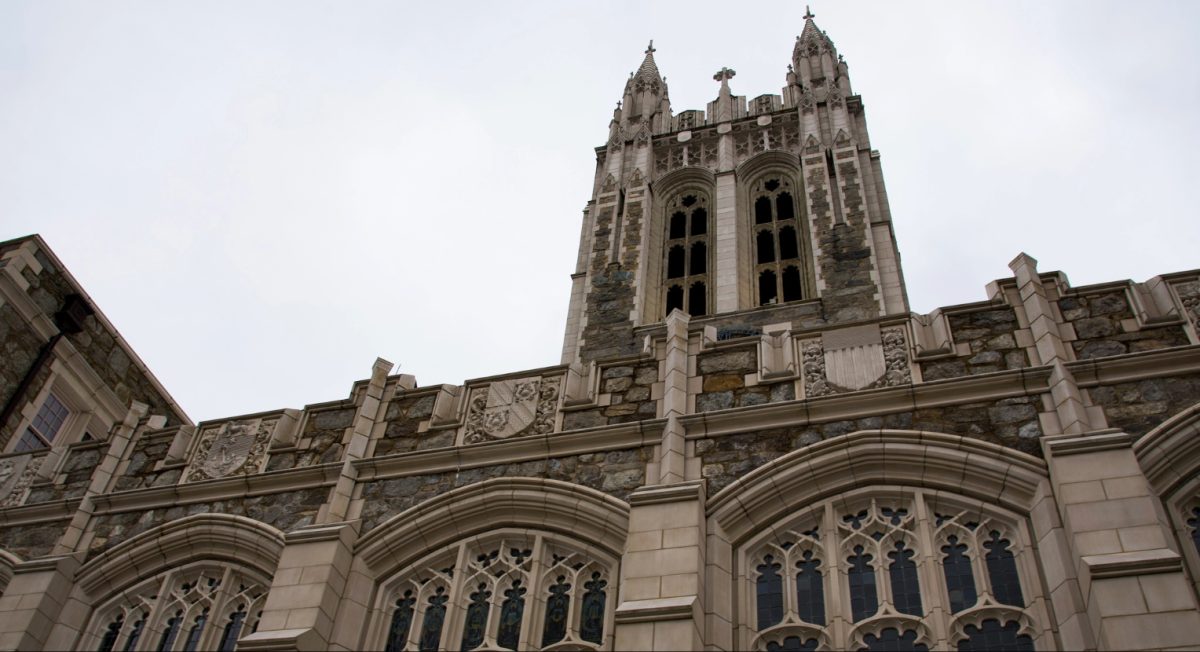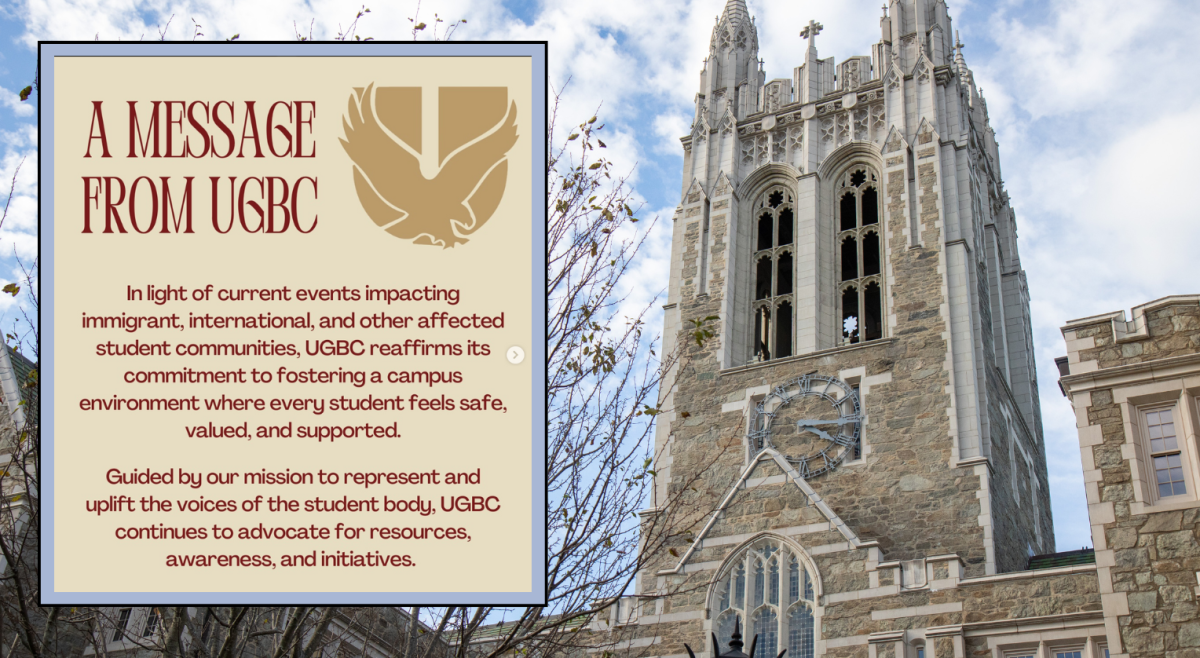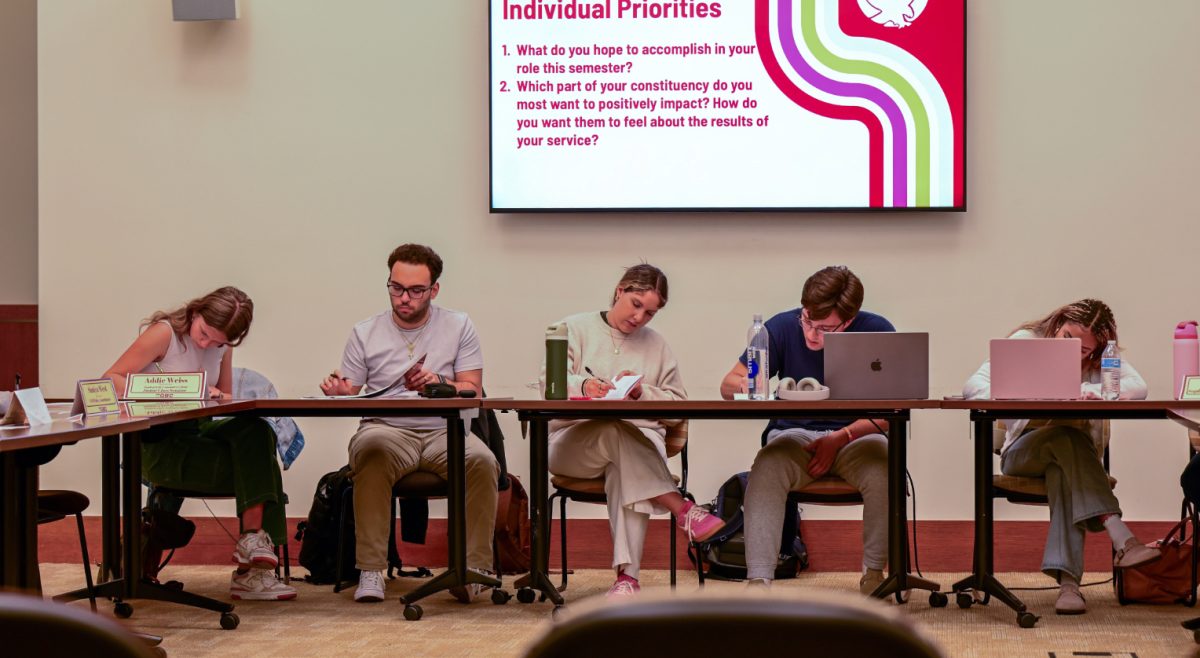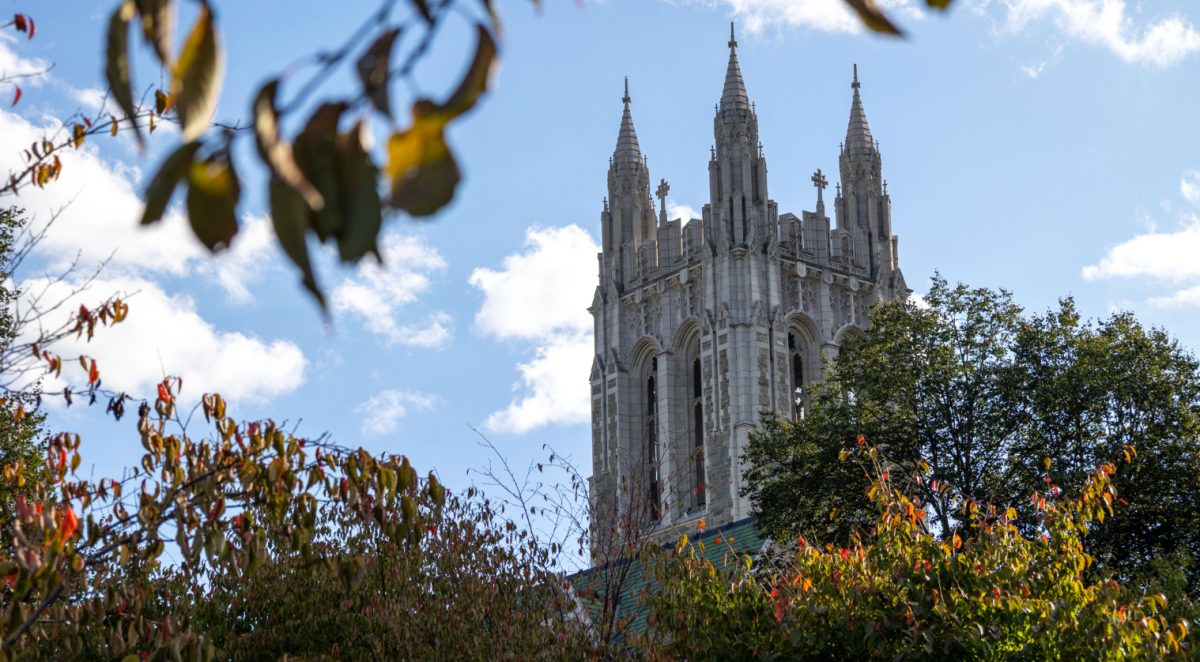As part of their new initiatives going into the 2019-20 academic year, newly elected president and vice president of the Undergraduate Government of Boston College, Michael Osaghae, MCAS ’20, and Tiffany Brooks, MCAS ’21, presented a plan to restructure the executive and legislative branches of the University’s student government.
At the moment, the UGBC constitution requires an allotment of at least 40 senate seats as part of the Student Assembly (SA), the main legislative body of UGBC. The plan proposed by Osaghae and Brooks reduces the total number of senate seats to 33, which would require a resolution to amend that portion of the constitution.
Additionally, the new plan allocates and redefines the particular committees on which elected senators will serve. UGBC has a total of seven policy committees: Intersections, Academic Affairs, Conduct and Student Rights, Campus Improvements, Mental Health, Interpersonal Health and Wellness, and Environmental and Sustainability. Senators are subsequently spread across these committees in order to work on policy and student issues. Under the new plan, there would only be two main committees, which have subcommittees organized under them.
The two new committees, the Intersectional Experience Committee, and the Institutional Innovations Committee, would consist of 18 and 15 senators, respectively. The Intersectional Experience Committee “is responsible for advocacy/policy … to promote a diverse, equitable, and inclusive campus for all students at Boston College,” according to the plan. The Institutional Innovations Committee “is responsible for advocacy/policy … that promote innovation and progressive actions and thoughts within our university,” the plan said.
The Intersectional Experience Committee would have six total subcommittees that function underneath it, with three senators allocated to each area. The areas of focus are Racial/Cultural Inclusion, LGBTQ/Gender Inclusion, Accessibility, Socioeconomic Inclusion, Religious Inclusion, and Mental Health.
The Institutional Innovations Committee functions with a similar structure, except with seven areas of focus: Student Rights/Safety, Arts, Athletics, Academic Affairs, Environmental/Sustainability, Student Organizations, and Residential Life. Each area within that subcommittee has two senators, with the exception of Student Rights/Safety, which is allocated to three. Senators will be assigned to different areas after elections by submitting their preferred appointment, according to the proposed restructuring plan.
The subcommittees will meet independently on a weekly basis in order to discuss progress on policy and within each particular area of focus under the committees. The meetings will be organized by subcommittee chairs, which will be appointed by the vice president through an application process.
These changes to the SA, according to Brooks, are necessary for the efficiency and efficacy of the work that UGBC does for students on campus.
“Something that we saw, not just in the SA but UGBC as a whole, is there are a lot of people doing the same job, and that creates a barrier for communication and efficiency, so we are hoping that the restructuring and rearrangement of the representation will help to improve on that by consolidating the jobs that [senators] are doing,” Brooks said.
The proposed changes to the SA structure, provided the resolution to the constitution is passed, would go into effect in the fall semester of 2019, following the results of the April senate elections.
Featured Image by Jess Rivilis / Heights Staff

